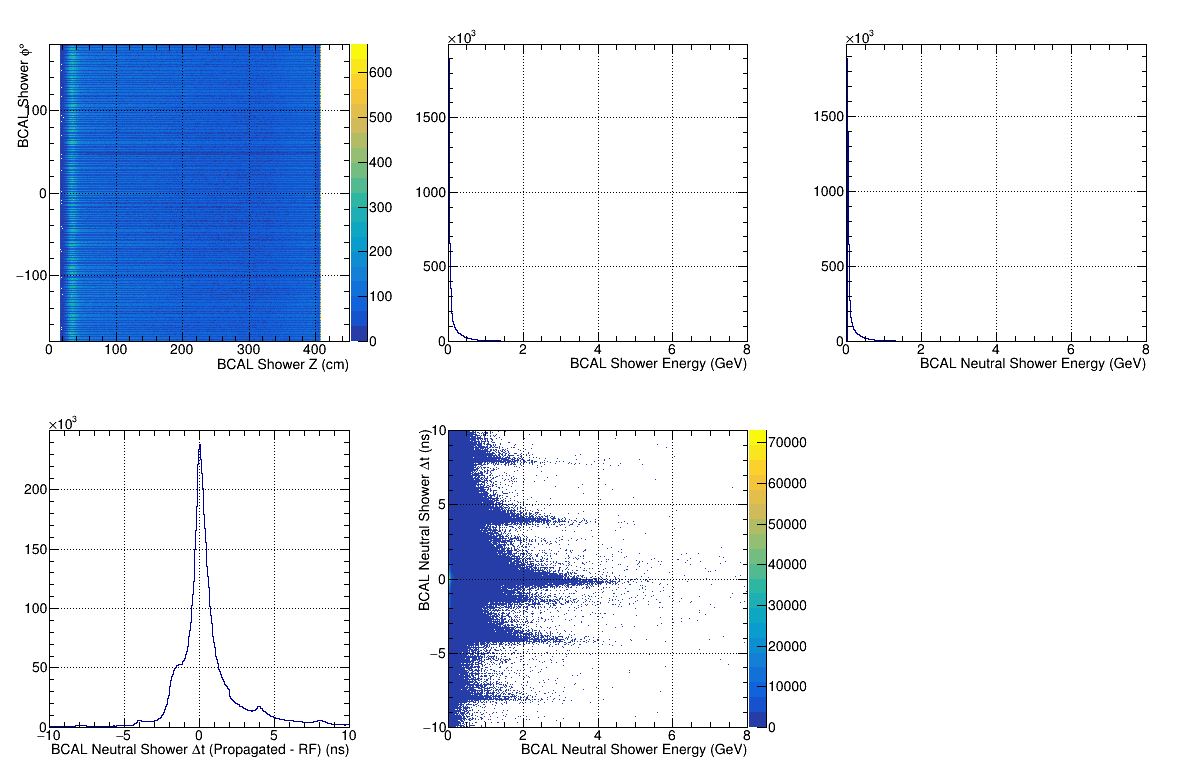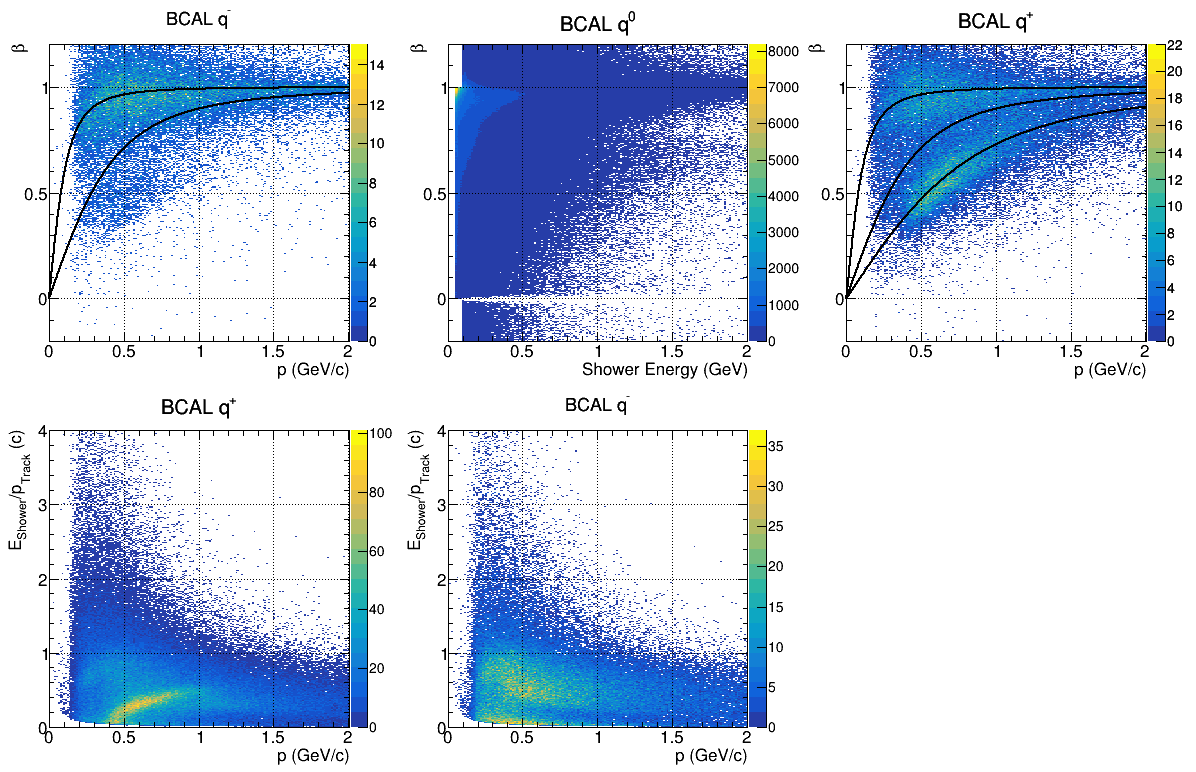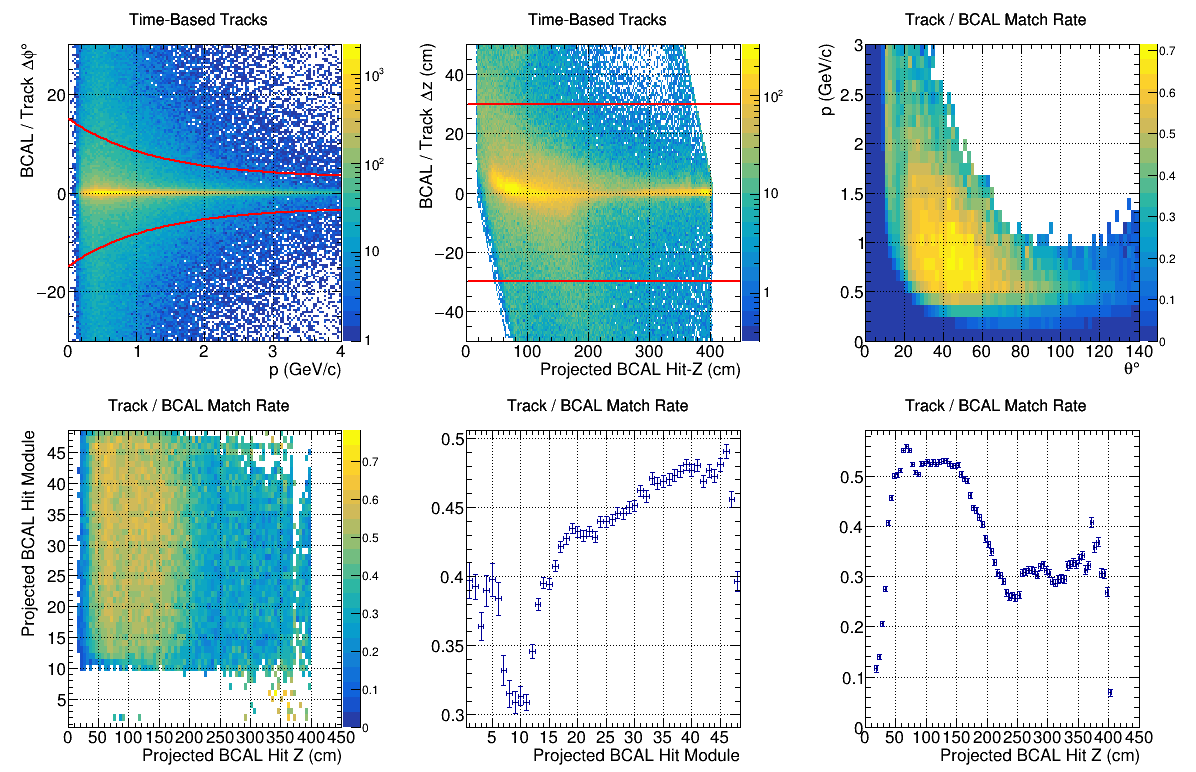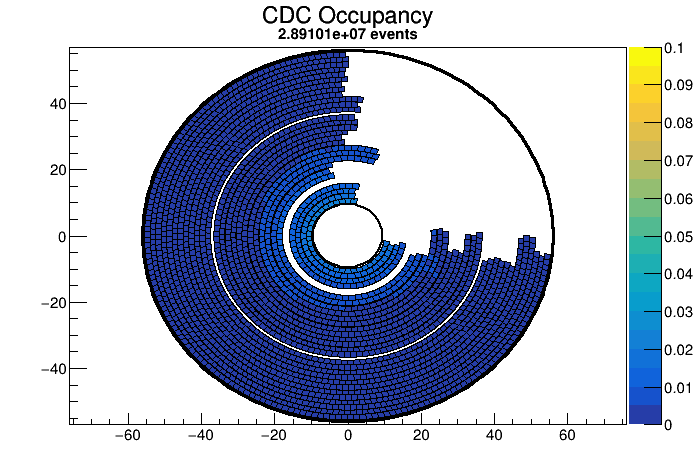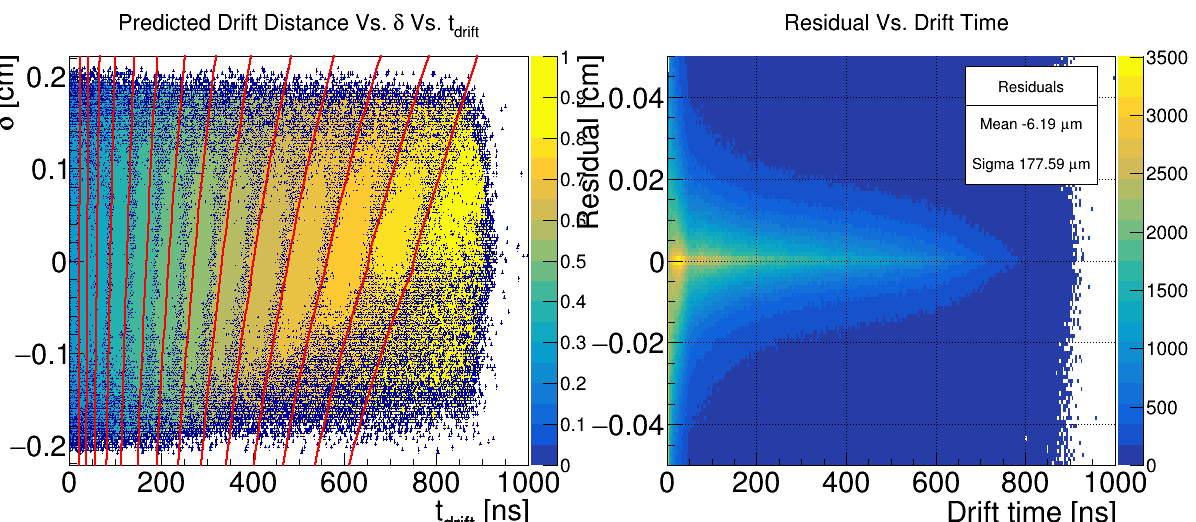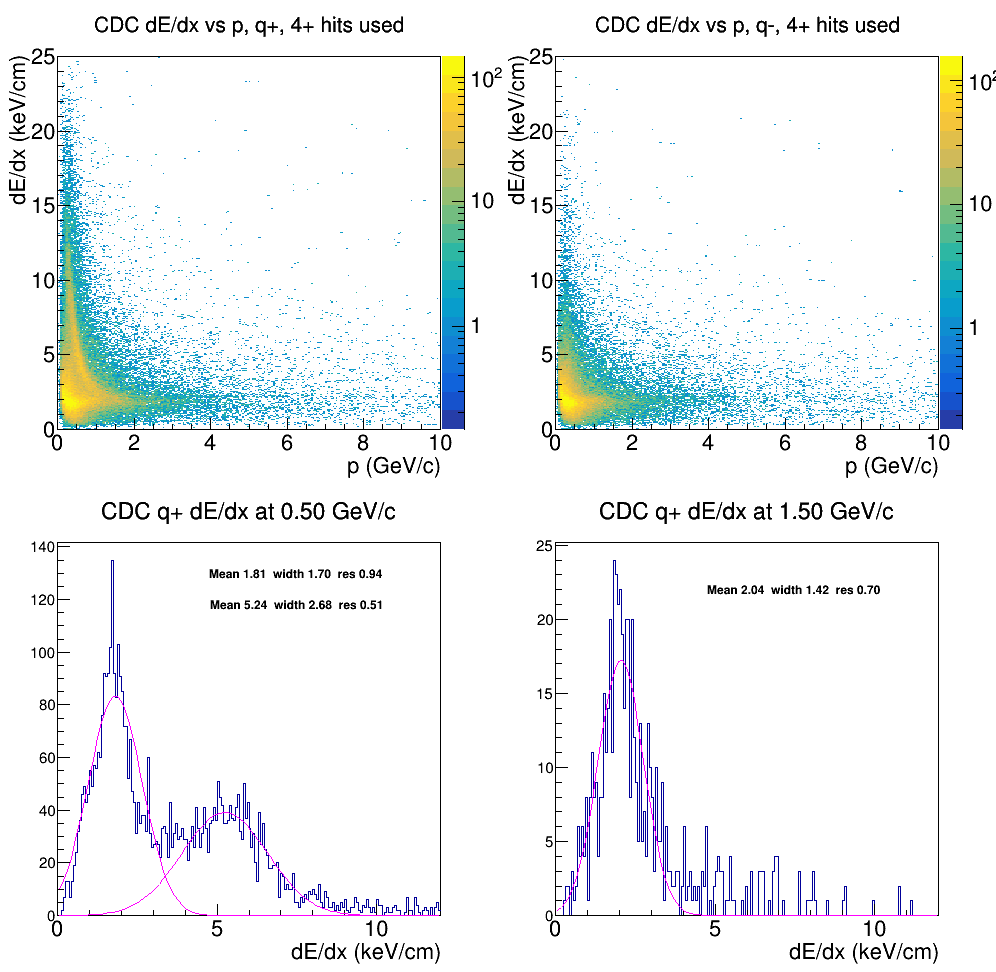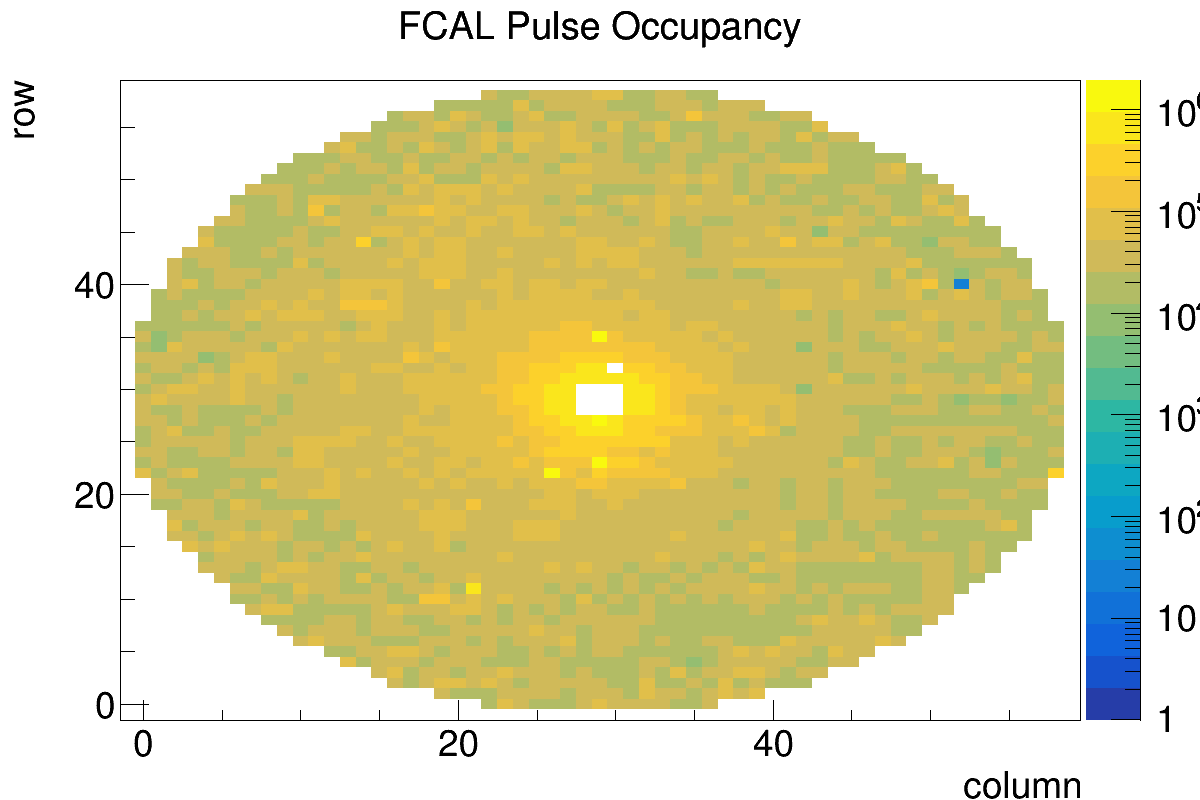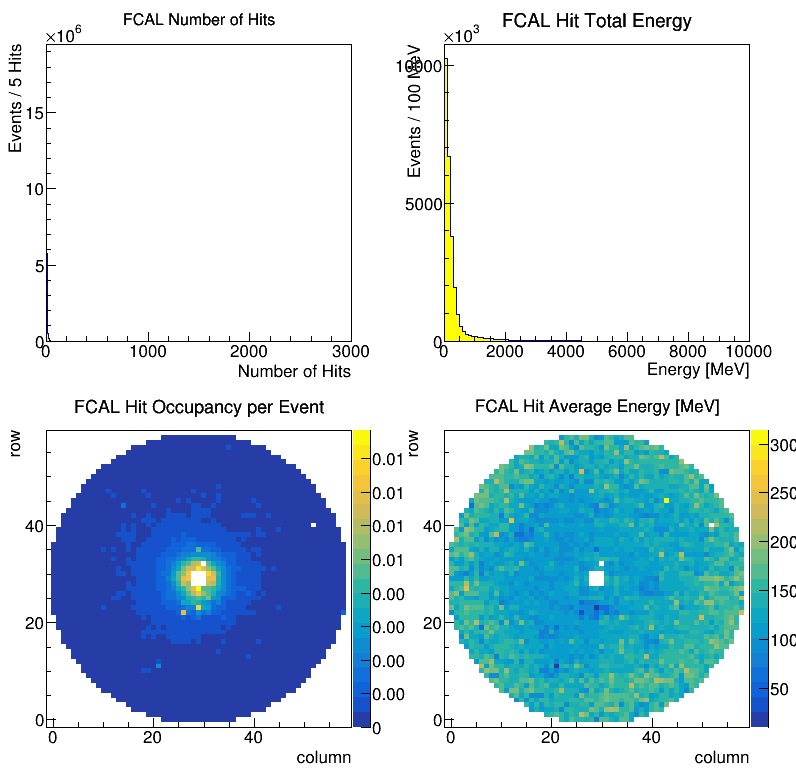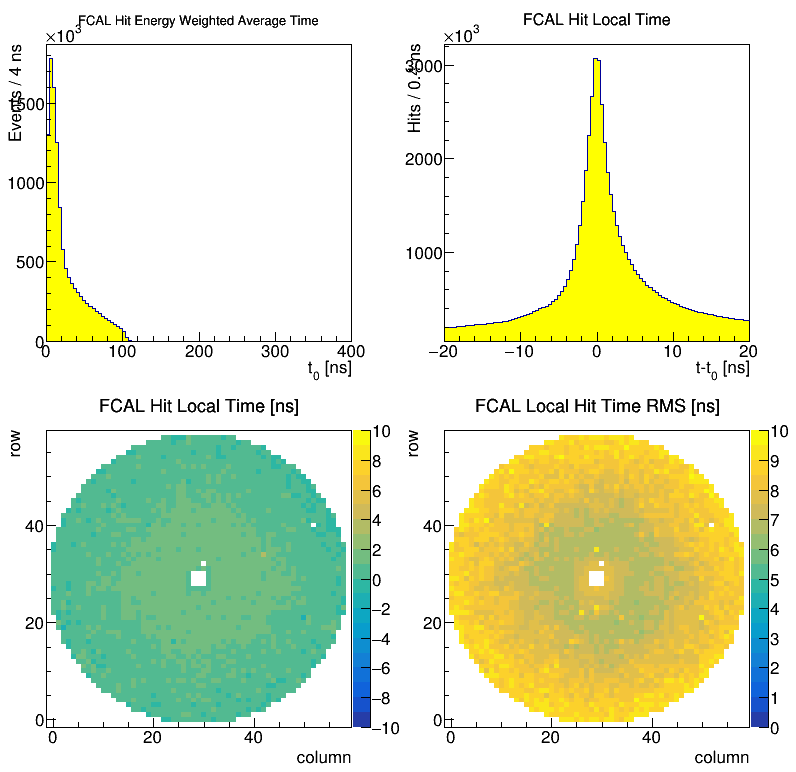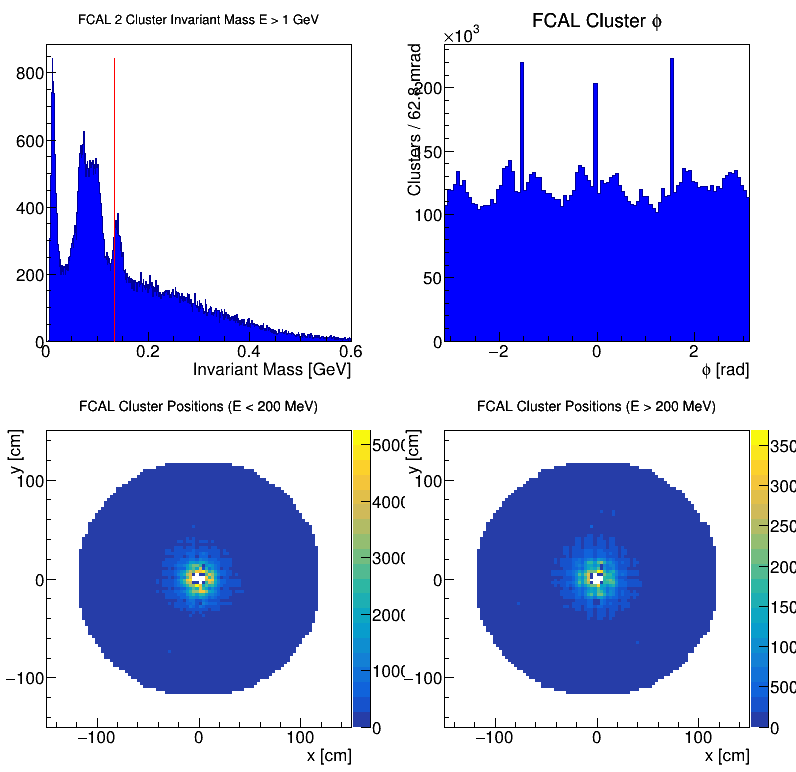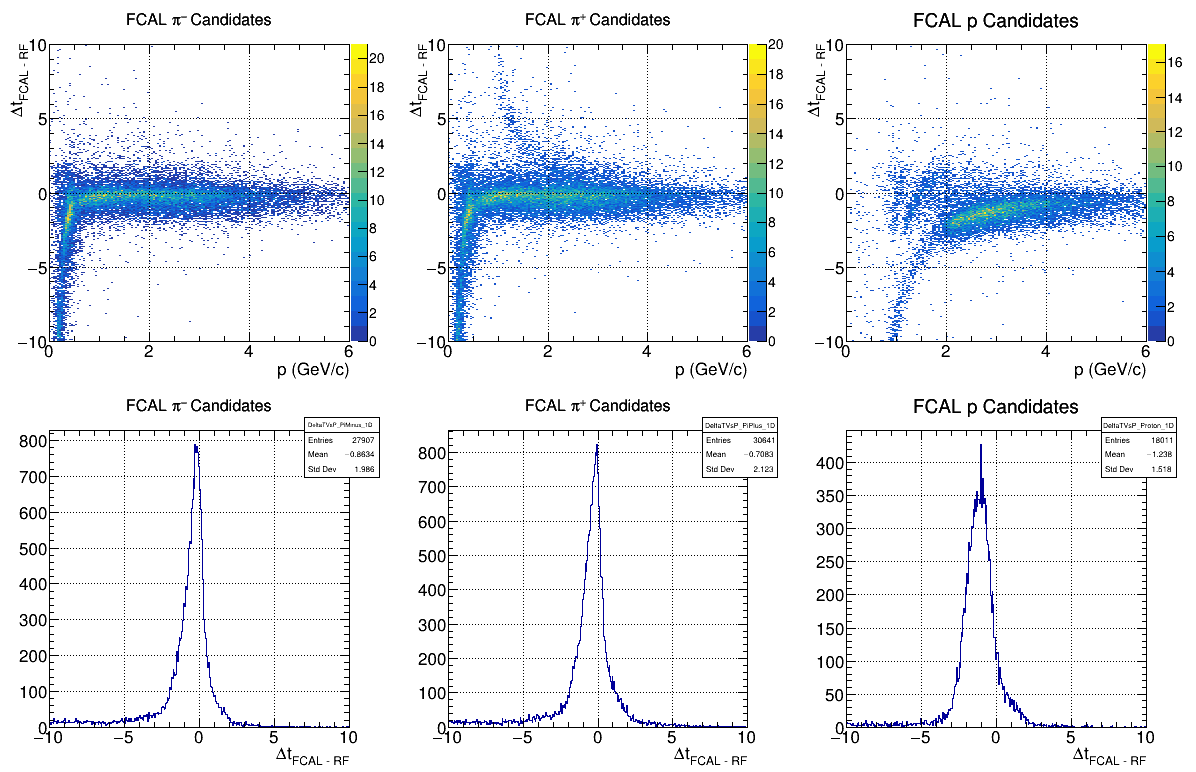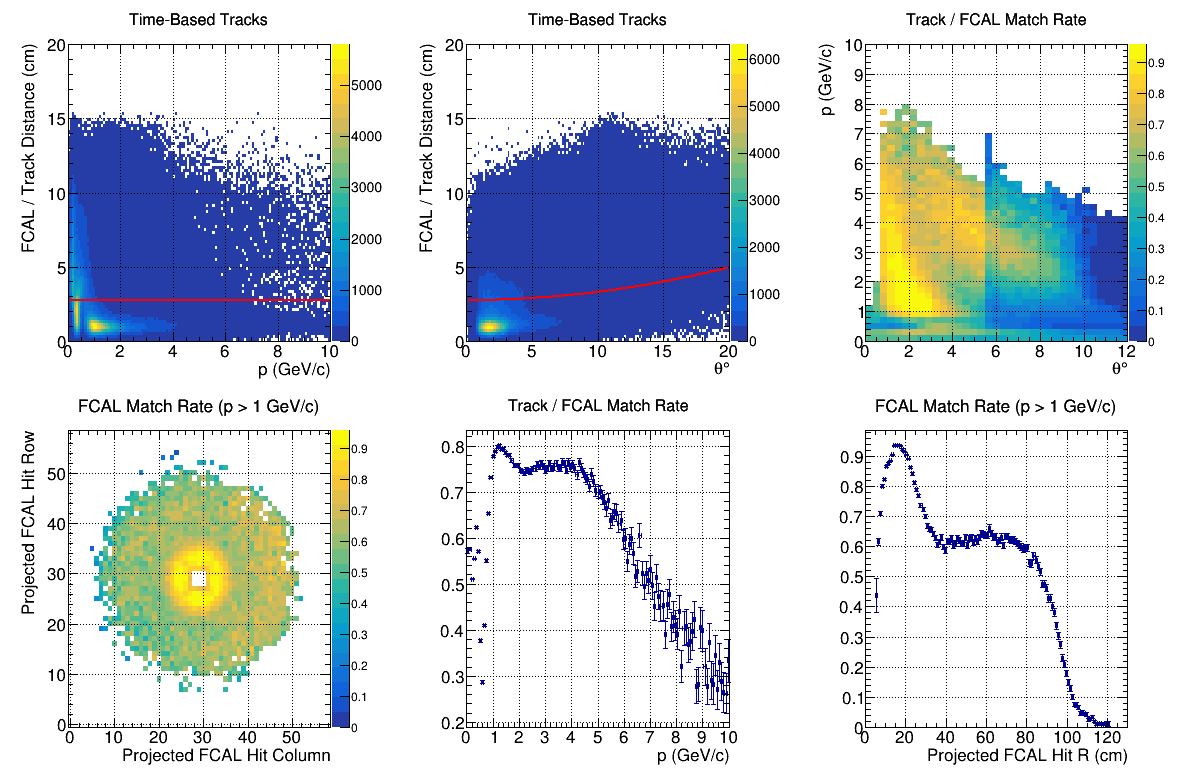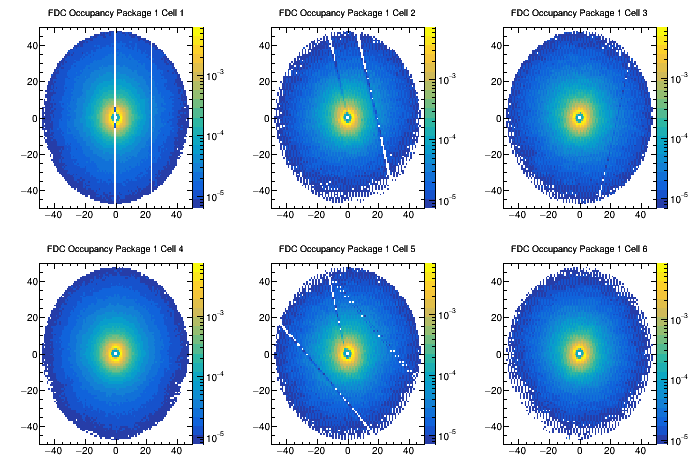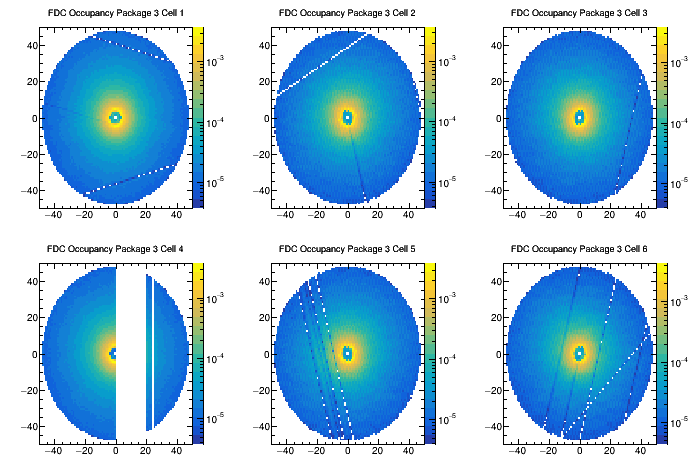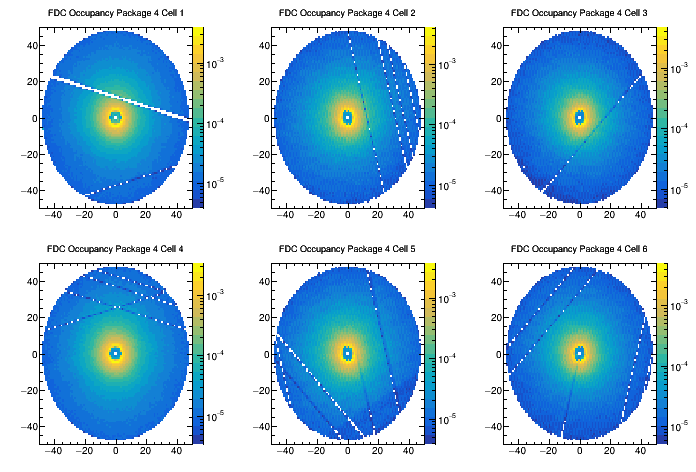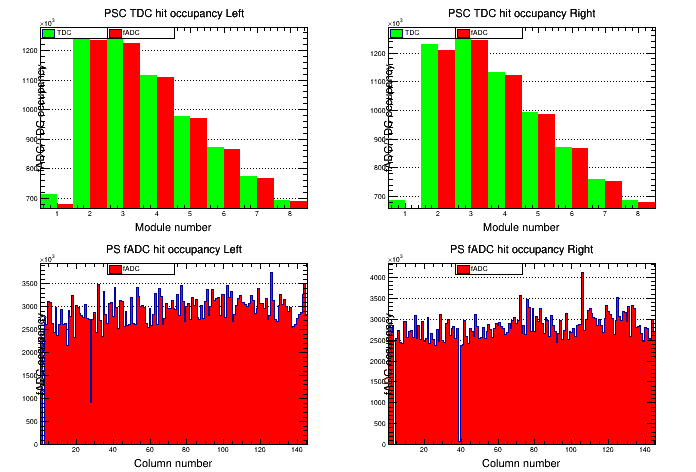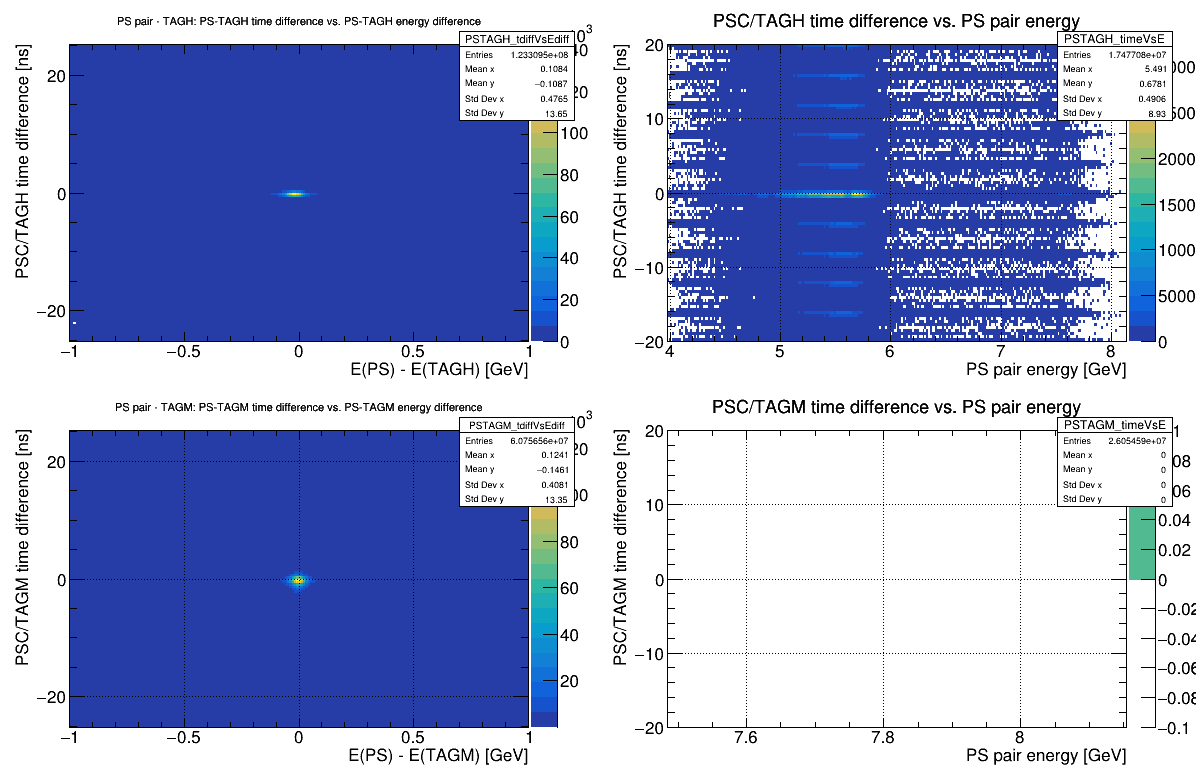Difference between revisions of "Offline Monitoring Data Validation CPP"
m (→Checklist) |
(→SC: remove SC bc it wasn't used for CPP/NPP) |
||
| Line 251: | Line 251: | ||
</div> | </div> | ||
| + | <!-- | ||
===SC=== | ===SC=== | ||
* Check Occupancy - Reference: [ [https://halldweb.jlab.org/work/halld2/data_monitoring/RunPeriod-2022-05/mon_ver22/Run100987/ST_occupancy.png link] ] | * Check Occupancy - Reference: [ [https://halldweb.jlab.org/work/halld2/data_monitoring/RunPeriod-2022-05/mon_ver22/Run100987/ST_occupancy.png link] ] | ||
| Line 287: | Line 288: | ||
</div> | </div> | ||
</div> | </div> | ||
| + | |||
| + | --!> | ||
===TAGH=== | ===TAGH=== | ||
Revision as of 15:56, 15 November 2023
This page contains the procedure for checking if CPP/NPP production runs are of good quality and can be used for physics analysis.
Contents
Procedure
For each production run, do the following:
- Go to the Offline Run Browser page.
- Follow the steps outlined in the checklist below.
- Workers should check each plot for their assigned subsystem and leave notes in the corresponding spreadsheet if any significant deviations are seen
- On the spreadsheet, enter "Y" in the "Overall Quality" field if all monitoring histograms are acceptable, otherwise enter "N"
- We will iterate this procedure until the process converges
Expert Actions
- Certify that each subsystem is okay
- Set run status in RCDB based on monitoring results
- (script provided)
Run Statuses
- -1 - unchecked
- 0 - rejected (not physics-quality)
- 1 - approved
- 2 - approved long/"mode 8" data
- 3 - calibration / systematic studies
Checklist
Monitoring Spreadsheet will be linked here when ready.
Reference run for 2022-05: 100987
General Notes
- Diamond and amorphous (AMO) runs have different beam energy spectra, which leads differences in reaction yields distributions which depend on the kinematics of the produced particles.
- The list of experts on different detector/calibration
BCAL
- Check Occupancy - Reference: [ link ]
- Check Hit Efficiency - Reference: [ link ]
- Check Recon. BCAL 1 - Reference: [ link ]
- Check Recon. BCAL 2 - Reference: [ link ]
- Check Recon. BCAL 3 - Reference: [ link ]
- Check BCAL Matching - Reference: [ link ]
BCAL Notes
The BCAL is used to measure the energy and time of showers.
- Occupancy: This should be approximately flat. There can be hot channels when the baseline drifts. If we're running ask for a pedestal calibration to be done. If we're not running nothing can be done but a very hot channel might explain low efficiency in that area.
- Hit Efficiency: This should be approximately flat. If there are features we should understand why.
- Recon. BCAL 1: The histograms are somewhat complicated. The best is to compare them to a good run (the example above.) A difference from the example should be flagged.
- Recon. BCAL 2: The histograms are somewhat complicated. The best is to compare them to a good run (the example above.) A difference from the example should be flagged.
- Recon. BCAL 3: The histograms are somewhat complicated. The best is to compare them to a good run (the example above.) A difference from the example should be flagged.
- BCAL Matching: These plots are for charged particles that are tracked in the drift chambers and projected to the BCAL. The z position along the BCAL can be calculated using the time difference between upstream and downstream hits and compared to the extrapolated position using the drift chambers. The histograms are somewhat complicated. The best is to compare them to a good run (the example above.) A difference from the example should be flagged.
- BCAL / Track Delta z (cm): (z determined from time of up - down hits in BCAL) - (z determined from the extrapolation of tracks in the drift chambers)
- projected BCAL Hit-Z (cm): z determined by extrapolating tracks in the drift chambers to the BCAL.
- Track / BCAL Match Rate: The match rate is the ratio of (number of hits in the BCAL that match the extrapolation of tracks in the drift chamber) / (number of tracks in the drift chamber that point at the BCAL).
CDC
- Check Occupancy - Reference: [ link ]
- Check Time-to-distance - Reference: [ link ]
- Check dE/dx - Reference: [ link ]
- Check Efficiency- Reference: [ link ]
CDC Notes
General note: The electronics for the top right quadrant of the detector were borrowed, and used for the muon chambers. The forward trigger configuration did not favour the CDC and its plots from CPP suffer from much fewer statistics than GlueX or PrimEx. It is not a critical detector for this experiment and because of the difficulty of calibrating the data, the usual requirements were relaxed. Many of the runs don't have enough statistics to evaluate them properly.
CDC Occupancy: It hurts me to look at these plots. For the remaining 3/4 of the detector, there should be a uniform decrease in intensity from the center of the detector outward. Random white cells scattered throughout occur when not enough data were collected, eg empty target runs, trigger tests or no beam. Several contiguous white, dark blue or bright yellow cells which don't match the neighboring cells are a problem.
Time-to-distance: 𝛿, the change in length of the LOCA caused by the straw deformation, is
plotted against the measured drift time, t drift. The color scale indicates the distance of
closest approach between the track and the wire, obtained from the tracking software.
The red lines are contours of the time-to-distance function for constant drift distances
from 1.5 mm to 8 mm, in steps of 0.5 mm. They should lie over the top of the dark blue contour lines separating the colour blocks.
For the plot of residuals vs drift time, the mean should be less than 20um and the sigma should be less than 200um.
dE/dx: At 1.5GeV/c the fitted peak mean should be within 10% of 2.02 keV/cm.
Efficiency: The efficiency should be 0.9 or higher at 0 to 0.5cm and then fall to around 0.7 or above at 0.75cm.
FCAL
- Check Occupancy - Reference: [ link ]
- Check FCAL Hits 1 - Reference: [ link ]
- Check FCAL Hits 2 - Reference: [ link ]
- Check FCAL Clusters 1 - Reference: [ link ]
- Check FCAL Recon. 1 - Reference: [ link ]
- Check FCAL Recon. 2 - Reference: [ link ]
- Check Recon. FCAL Matching - Reference: [ link ]
FCAL Notes
Is used for neutral particle detection and pion identification.
- Check Occupancy:
- Check FCAL Hits 1:
- Check FCAL Hits 2:
- Check FCAL Clusters 1:
- Check FCAL Recon. 1:
- Check FCAL Recon. 2:
- Check Recon. FCAL Matching:
FDC
- Check Package 1 Occupancy - Reference: [ link ]
- Check Package 2 Occupancy - Reference: [ link ]
- Check Package 3 Occupancy - Reference: [ link ]
- Check Package 4 Occupancy - Reference: [ link ]
FDC Notes
PS
PS Notes


